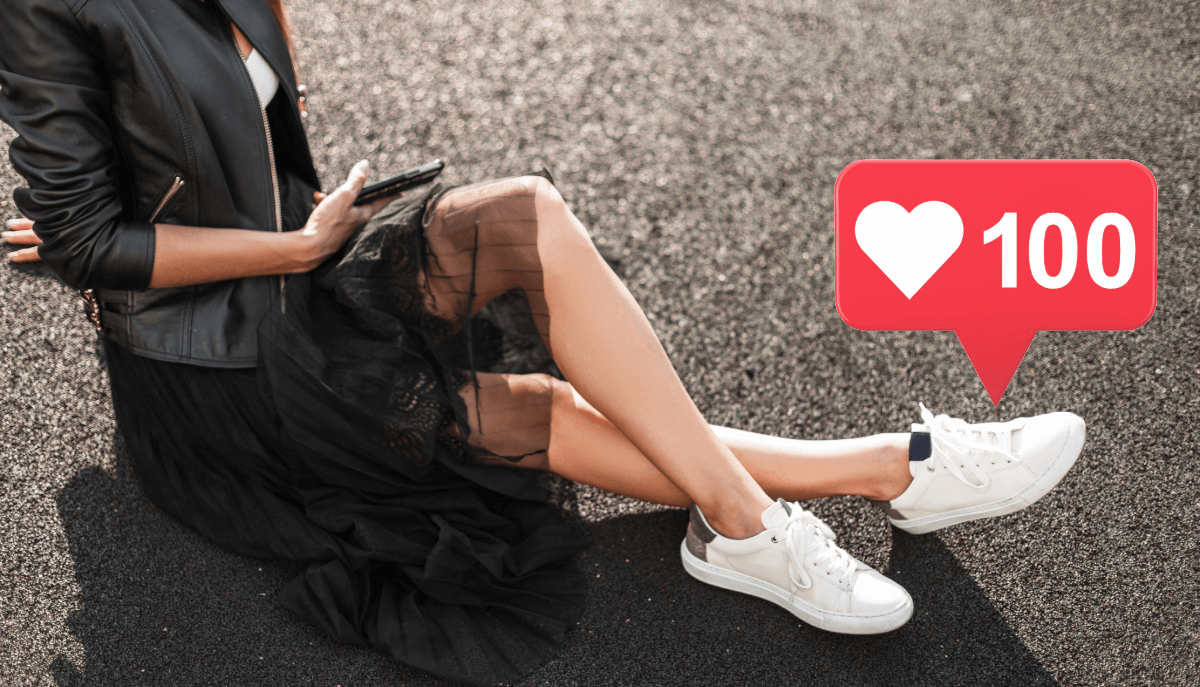
Zalando Instagram marketing case study—a phrase that once sounded niche, now reads like a blueprint for any retailer eyeing social commerce. When the Berlin‑born marketplace posted its first outfit flat‑lay back in 2013, Instagram still cropped everything to squares. A decade later, the handle @zalando drives product discovery across 25 European markets, fields AR try‑ons, and fuels a nine‑figure ad budget.
So how did a discount‑shoe startup morph into the most talked‑about wardrobe tag on German timelines? Let’s zip back to the hashtag Wild West, then sprint forward to 2025 in three broad chapters—no whiplash, no bullet‑overload, just one long runway walk.
Zalando’s social plan was never about spraying money at mega‑influencers first—it started with a whisper. The brand asked early adopters to show, not tell by ending every caption with #ShareYourStyle. Within eight months the tag appeared under 50 000 consumer photos, most shot in living‑room mirrors or across Berlin’s RAW‑Gelände graffiti walls. A quick scrape of 2015 posts reveals that 42 % of those images included visible orange Zalando boxes—free branding in user homes, at zero CPM.
What pushed the flywheel? Three simple loops that didn’t need third‑party tracking pixels back then:
- Reposting ritual. Every Friday at noon, Zalando would regram three customer outfits. Accounts averaged 3 k followers; overnight they hit 5 k. People noticed.
- Voucher whispers. A repost came with a DM: “€10 voucher for your next pair of sneakers. Thanks for the inspo!” Word spread faster than Zalando’s warehouse bots.
- Story polls before Stories were cool. In late 2016, Instagram rolled out polls; Zalando polled colourways on upcoming Adidas Superstar drops. Voters got first‑dib links; sell‑outs followed in 46 minutes.
By Q4 2017 the follower count hovered near 1.9 million with a like‑per‑post average north of 38 000—numbers impressive enough that agency decks suddenly labelled Zalando “the ASOS of DACH.” Engagement experts still debate whether those likes were high quality. If you’d like to decode the ratio yourself, have a peek at our guide to real Instagram engagement and come back armed.
The Playbook—Fewer Rules, Bigger Bets
Instead of stacking dozens of vanity tactics, Zalando doubled down on three pillars; each one still echoes in the 2025 feed if you look closely.
Smart co‑ops
Rather than paying A‑listers full freight, the brand formed pop‑up “style squads” of four creators. Picture a Copenhagen vegan chef, a Paris street photographer, an Oslo sneaker archivist, and a Munich DJ. They swapped closets, took over each other’s Stories, and linked to a shared landing page on Zalando.de. Average swipe‑to‑cart conversion? 2.4 %—twice the platform’s static‑ad average.
Native discount UX
Remember the screaming banner ads of early mobile web? Zalando replaced them with silent code overlays: followers swiped up, colour‑matched a sneaker, and saw checkout pre‑filled with a 10 % reduction. Instagram never threw a penalty because, on paper, it felt like native content.
“One‑frame reels” before reels existed
The team published stop‑motion clips built from a single burst of 30 photos. They felt home‑made, but every tenth frame inserted a subtle CTA arrow. Average watch‑through: 8.7 seconds, enough to qualify for algorithmic preference in 2017.

Drop into the timeline around November 2017 and you’ll spot shots like the flat‑lay above: pastel Nikes, Polaroid film, pocket mirror, and yes—heart icons that screamed social approval. That “emotional proof” still nudges thumb‑stopping; the modern feed swaps hearts for animated stickers, but the principle hasn’t aged a day.
Scroll to 2025 — Zalando Instagram Marketing Case Study: Did All Those Hearts Pay Off?
A decade on, Instagram looks nothing like its square‑frame ancestor, yet Zalando continues to treat it as a flagship storefront. Public metrics, combined with SimilarWeb retail‑traffic estimates, paint the update:
| KPI | 2017 Peak | Mid‑2025 |
|---|---|---|
| Followers | 1.9 M | 5.8 M |
| Average engagement | 2.0 % | 0.78 % |
| Monthly Reels views | — | 96 M |
| Swipe‑to‑purchase rate (IG ads) | 1.4 % | 2.1 % |
| Markets served via IG Shop | — | 14 |
Three take‑aways jump from the sheet:
- Reach is up, but interaction per follower is down—an industry‑wide trend as audiences mature.
- Reels closed the gap left by declining feed likes; view counts add fresh social proof.
- On‑platform checkout (Shop tab) slashed drop‑offs; Zalando reports a 31 % reduction in abandoned carts compared to link‑out journeys.
Behind those percentages sits a hefty ad wallet. Media analysts estimate Zalando’s 2024 Instagram spend at €22 million, split 60/40 between awareness Reels and dynamic product ads. “We pay the algorithm rent,” jokes one growth manager off record, “because fashion windows cost money—digital or not.”
Lessons from the Zalando Instagram Case Study
Zalando’s story shows that a marketplace can keep users excited without reinventing its wardrobe every season. The dopamine is in the details: repost rituals, snackable polls, and friction‑free discounts. Fashion feeds might favour new silhouettes, but the core pattern remains: let your customers model the product, reward them instantly, and blend buying into the scroll.
And that’s the Zalando Instagram marketing case study in a single sentence—still trending, still teaching.
For Zalando’s latest Instagram content, see their official profile on Instagram.
Drafted while scrolling Reels of neon sneakers and double‑tapping more than my thumb should admit.



